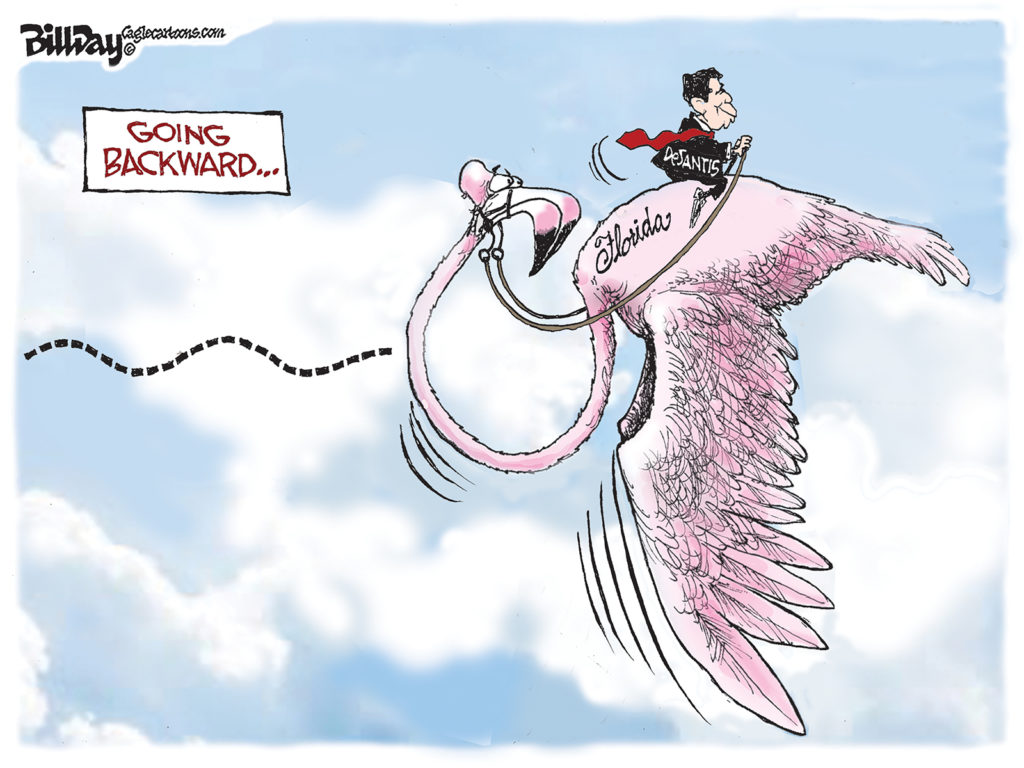
Only a few years old and the Overton Park Conservancy is already attracting well-deserved national attention.
The highly respected Trust for Public Land has published its first report on urban park conservancies and the Overton Park Conservancy is one of the case studies held up as nationally significant and one to watch. The report, Public Spaces/Private Money – The Triumphs and Pitfalls of Urban Park Conservancies was co-authored by Peter Harnik, director of the Trust for Public Land’s Center for City Park Excellence. He has led numerous research projects into what makes for great park systems, and he speaks frequently (including in Memphis) and writes widely about the relationship between cities and parks.
In the new report, Overton Park Conservancy is included in case studies looking at sister organizations in Atlanta, Denver, Louisville, New York, and St. Louis.
Through those case studies and other analysis, Mr. Harnik and Abby Martin, research coordinator for the Center, have identified hallmarks of effective and sustainable organizations, including:
* Formal agreements with their cities
* Transparent operations
* Diverse executive boards
* Robust fundraising capacity
* Outstanding public outreach and political advocacy
* Respect for, and from, public-sector partners
* Entrepreneurial approaches to solving urban park management challenges
“A conservancy can be extraordinarily successful, raising a park up to new heights,” said Mr. Harnik. “But great opportunities also come with some challenges. We’re pleased to offer realistic analysis and information to help to make effective organizations that avoid those pitfalls.”
“As historic destination parks are being renewed and great new spaces are being created, non-profit park conservancies – private organizations working in close partnership with city agencies – are playing an increasingly large role in the park resurgence,” said Adrian Benepe, Senior Vice President for City Park Development at The Trust for Public Land. “We know this idea is catching on across the country, and this report will boost local knowledge of best practices.”
The report explores the critical components that make conservancies strong, including the nuances of management and planning. The study also includes important financial background on the work of selected conservancies, organizations which together spend more than $150 million annually on city parks.



Well deserved recognition. Thank you SCM for bring the report to our attention. Lets hope that our local corporate citizens will lend a hand.
One would think that International Paper with its core mission surrounding forestry would step up to the plate and help.
You are so right. Considering the massive tax waiver IP is getting and the public funding it wants for its bridge between buildings, you would think that it would be extremely generous to a worthy cause like this that would be a good poster child for its company. Too often, IP wants to give local charities and civic causes paper rather than money. They need both.